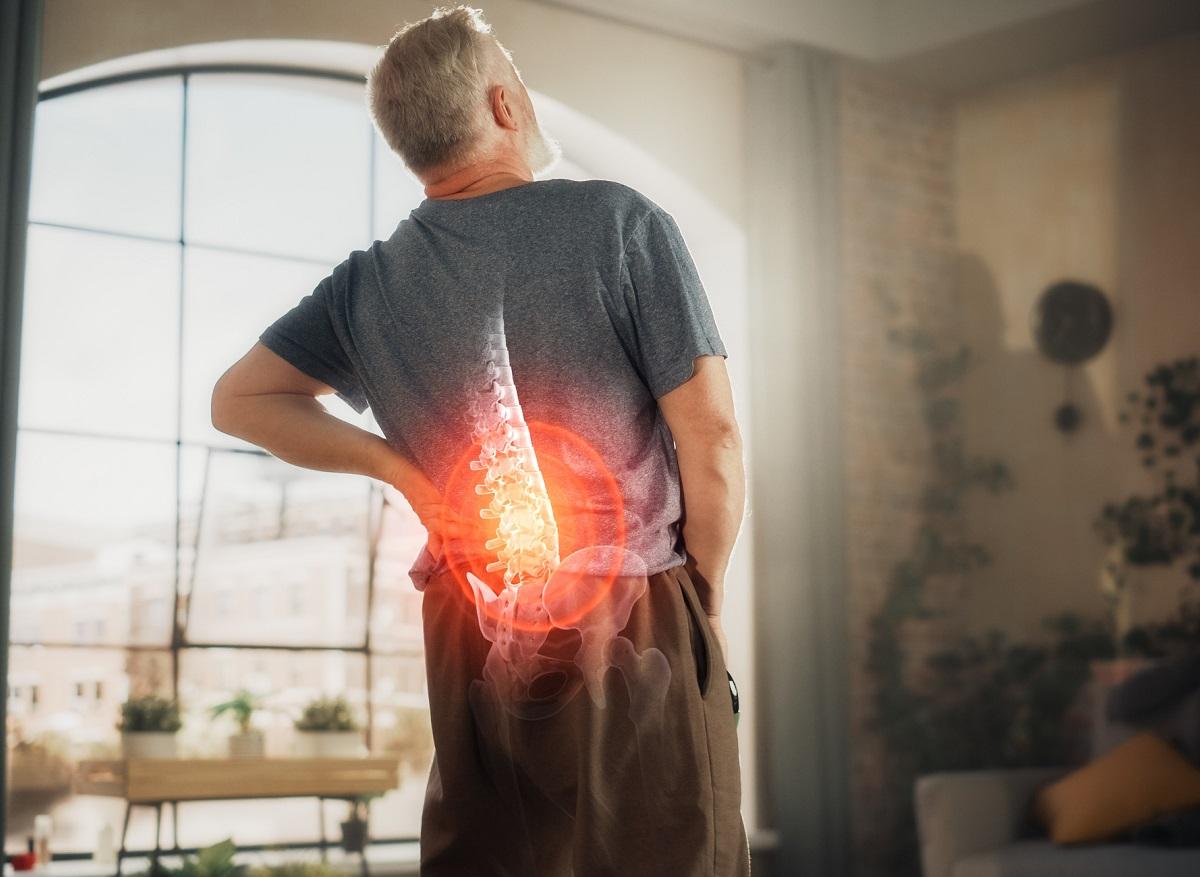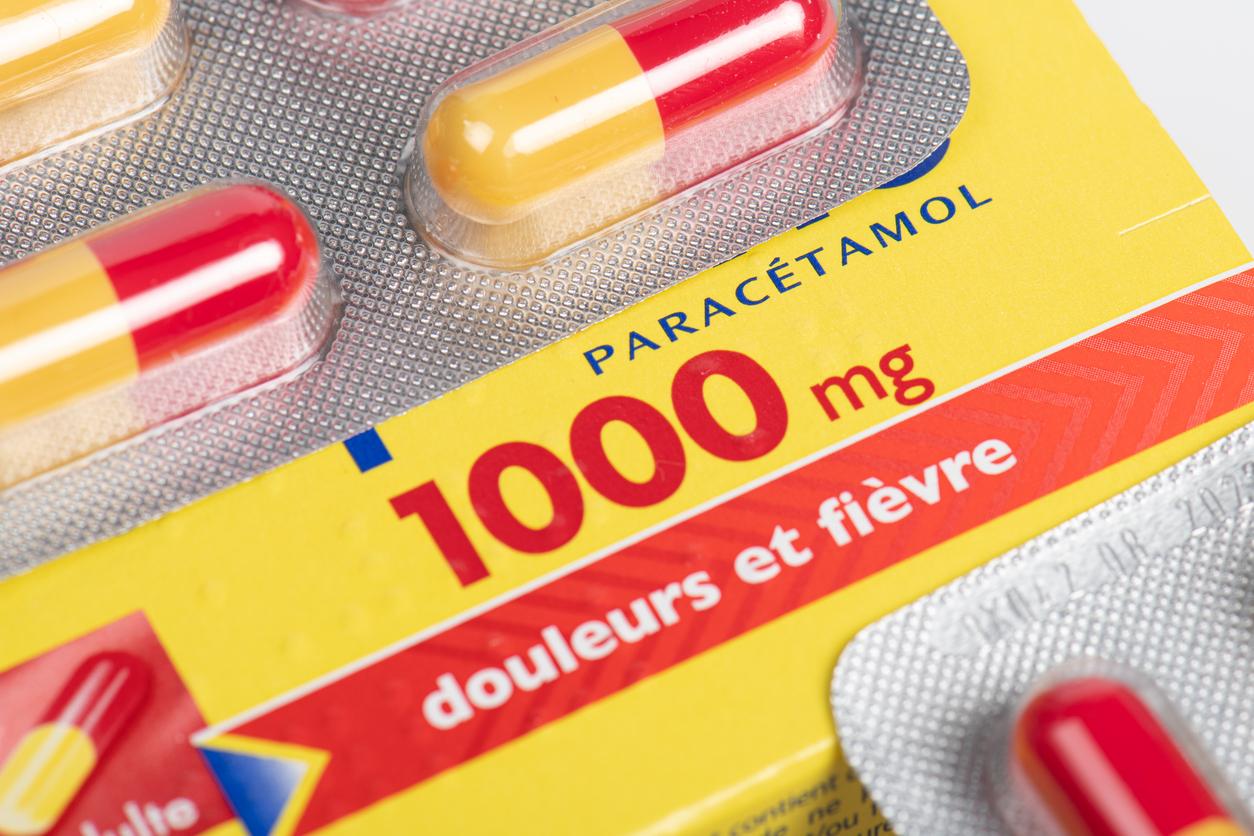Acute pain is an essential physiological phenomenon that acts as a valuable alarm signal, alerting the body to potential danger or tissue damage.

- Acute pain occurs suddenly and serves as a protective mechanism, alerting the body to potential or actual harm.
- There are several possible causes: trauma, surgical procedures, infections or certain acute medical conditions such as heart attack or renal colic.
- Its treatment aims to relieve pain while treating the underlying cause.
Acute pain is a short-lived, intense sensation, usually caused by an injury or illness. It occurs suddenly and serves as a protective mechanism, alerting the body to potential or actual damage. Unlike chronic pain, which persists for months or even years, acute pain usually resolves once the underlying cause is treated or cured.
Acute pain occurs as a result of the activation of nociceptors, sensory nerve endings located on the periphery of the body. When these nociceptors are stimulated by harmful agents such as injury, burns, inflammation, or excessive pressure, they send electrical signals along sensory nerve fibers to the spinal cord and brain. These signals are then interpreted as an unpleasant and sometimes intolerable sensation, which is called acute pain.
Causes of acute pain
1. Physical trauma:
- Injuries such as cuts, burns, fractures, and bruises can cause immediate acute pain. For example, stubbing your toe or cutting yourself with a kitchen knife triggers instant acute pain.
2. Surgical interventions:
- Surgical procedures often involve severe postoperative pain due to incisions and tissue manipulation. This pain is usually managed with pain medications and postoperative care.
3. Infections:
- Infections such as dental abscesses, urinary tract infections or skin infections can cause acute pain. The pain results from inflammation and pressure on surrounding tissues.
4. Acute medical conditions:
- Some medical conditions, such as a heart attack, appendicitis, or renal colic, present with severe acute pain. These situations require urgent medical attention.
The different manifestations of acute pain
Acute pain can manifest itself in various ways, depending on the nature and intensity of the noxious stimulus. It can be:
- Punctate: felt like a prick, burn or electric shock.
- Lancinating: characterized by sharp, repeated shooting pains.
- Throbbing: similar to a beat or pulsation.
- Pressing: felt as a heaviness or oppression.
- Burning: sensation of intense and painful heat.
Acute pain management
Treatment of acute pain aims to relieve pain while treating the underlying cause. Here are some common approaches:
1. Analgesic medications:
- Painkillers such as paracetamol, nonsteroidal anti-inflammatory drugs (NSAIDs) and opioids can be used to manage acute pain. The choice of medication depends on the intensity of the pain and the underlying cause.
2. Physical therapies:
- Physical therapy techniques, such as strengthening exercises, massage, and heat therapy, can help relieve acute pain due to musculoskeletal injuries.
3. Surgical interventions:
- In some cases, surgery may be needed to treat the cause of acute pain, such as repairing a broken bone or removing an inflamed appendix.
4. Complementary therapies:
- Approaches such as acupuncture, meditation, and relaxation techniques can also be used to manage acute pain, especially when it is associated with stress or muscle tension.
Acute pain is a critical warning signal that alerts us to bodily harm and prompts us to respond. Understanding its causes, mechanisms, and manifestations is crucial for effective management and appropriate treatment. If you experience persistent or severe acute pain, it is important to consult a healthcare professional for proper diagnosis and treatment. Managing acute pain can significantly improve quality of life and prevent more serious complications.

















